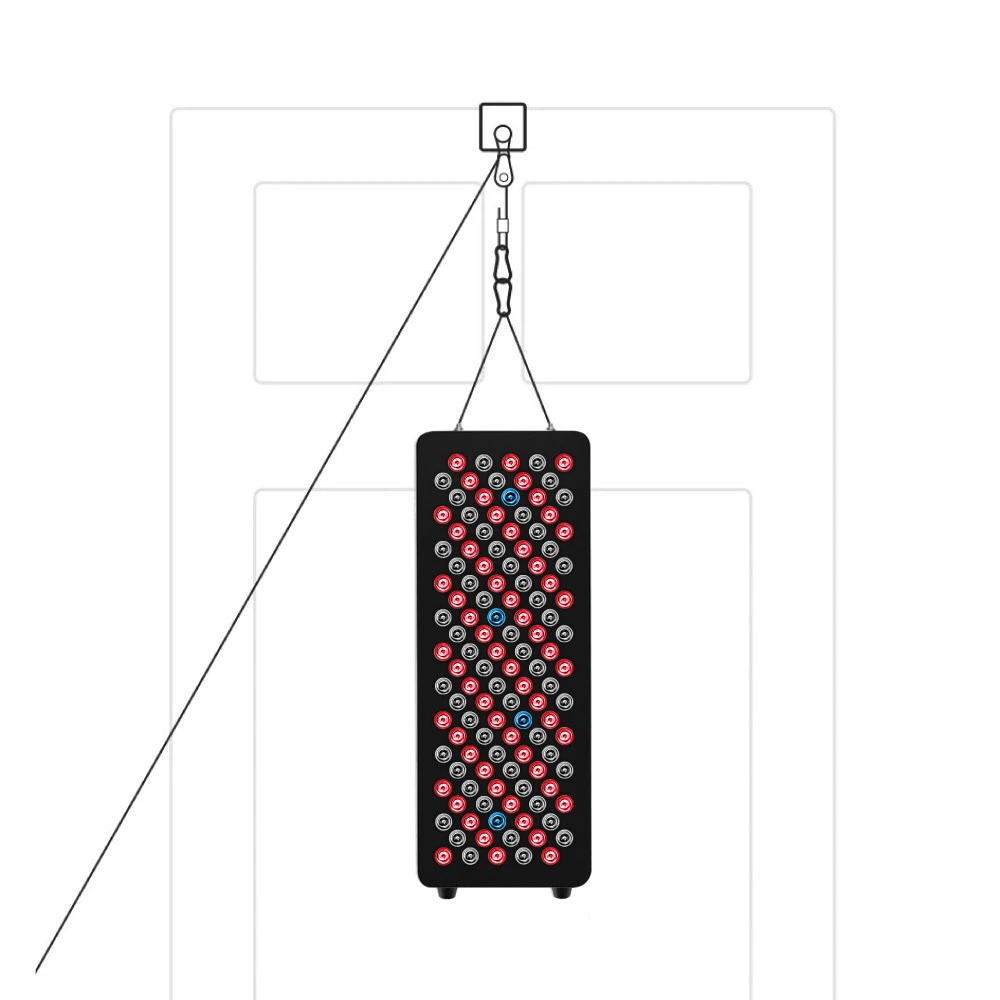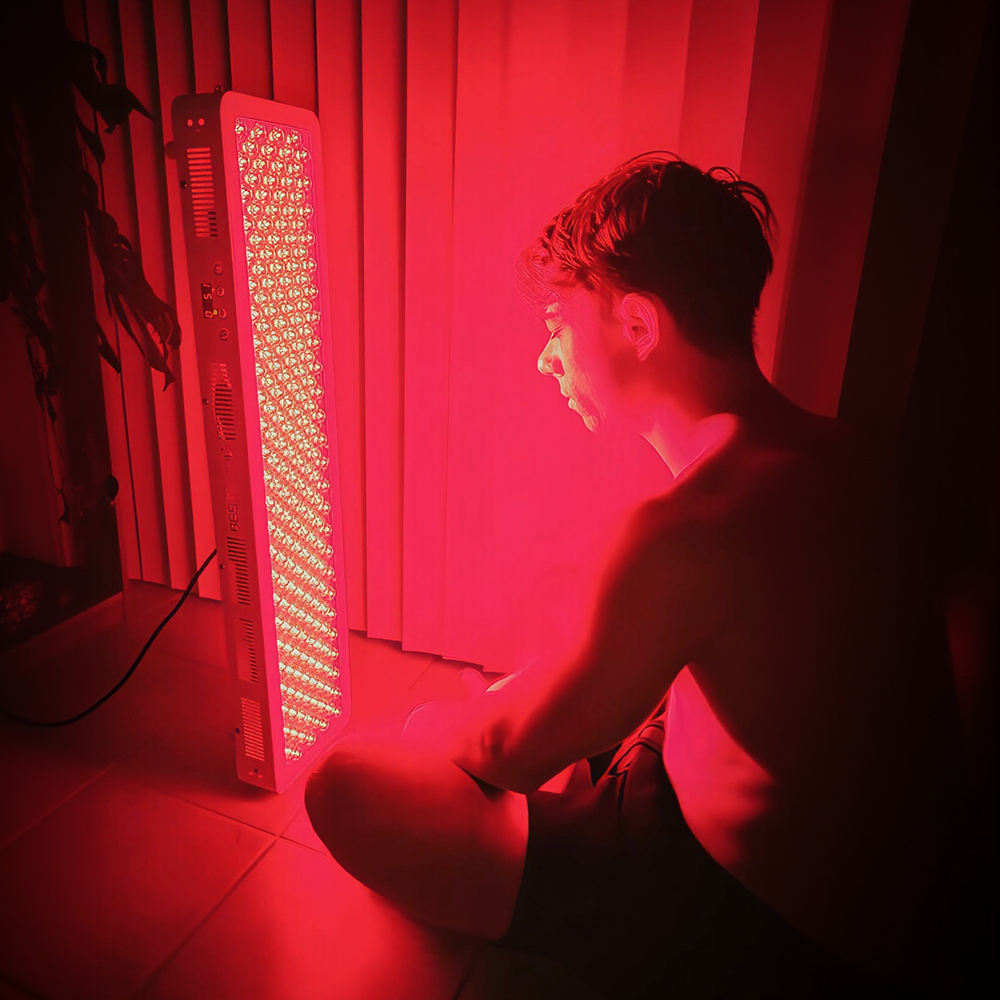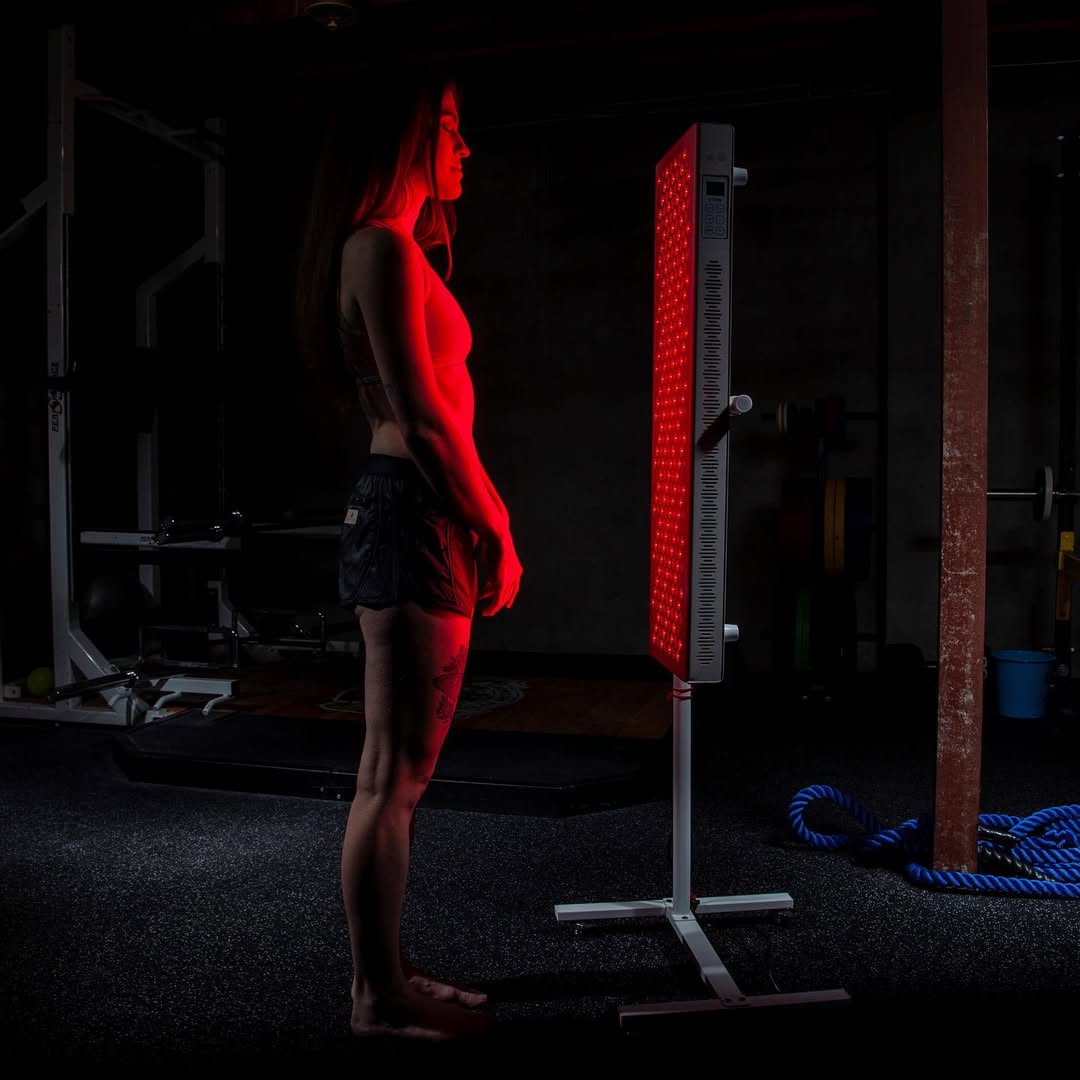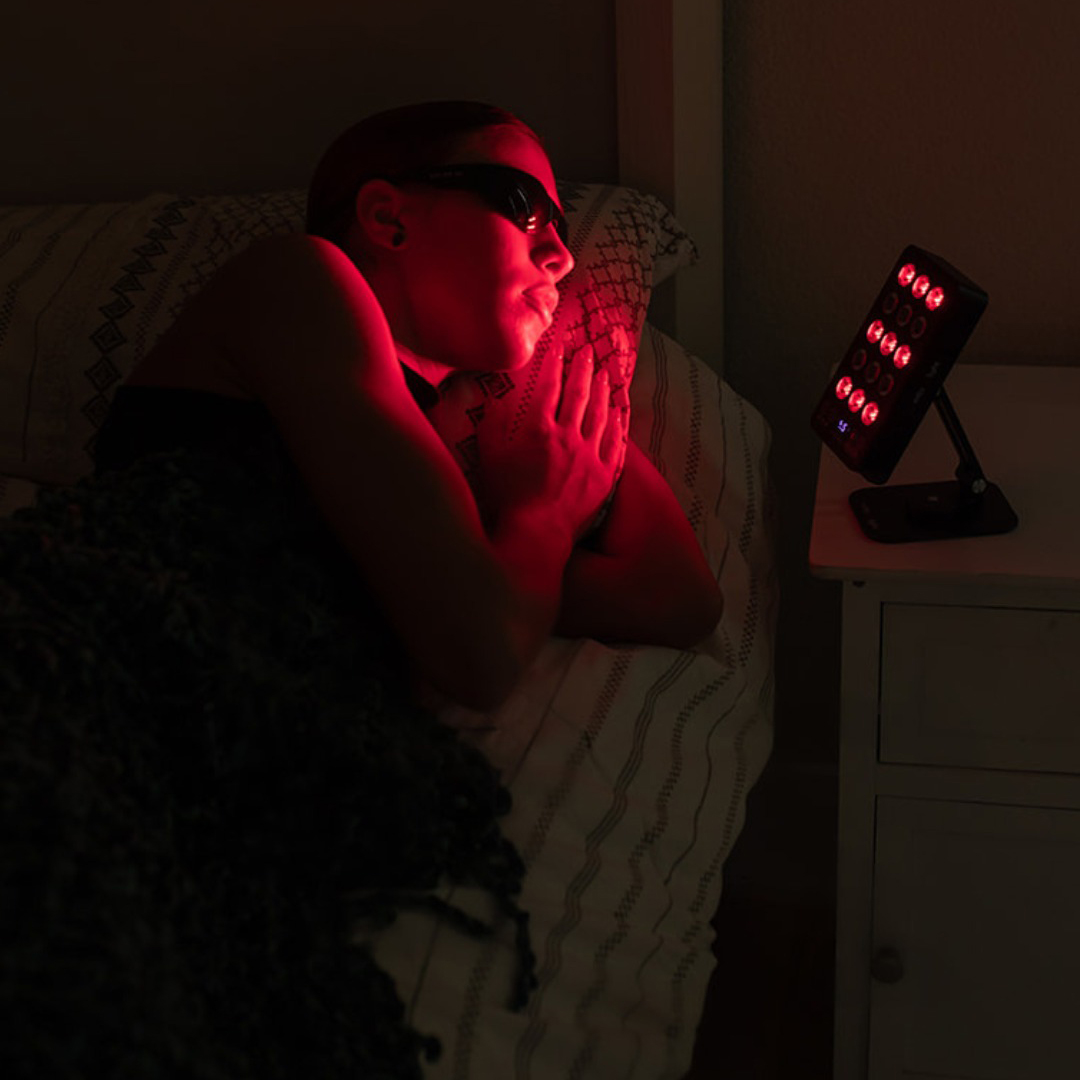![]() Free Shipping
Free Shipping ![]() Buy Now, Pay Later
Buy Now, Pay Later ![]() Eligible
Eligible
Can Red Light Therapy Help Fight Upper Respiratory Infections? An Evidence-Based Guide
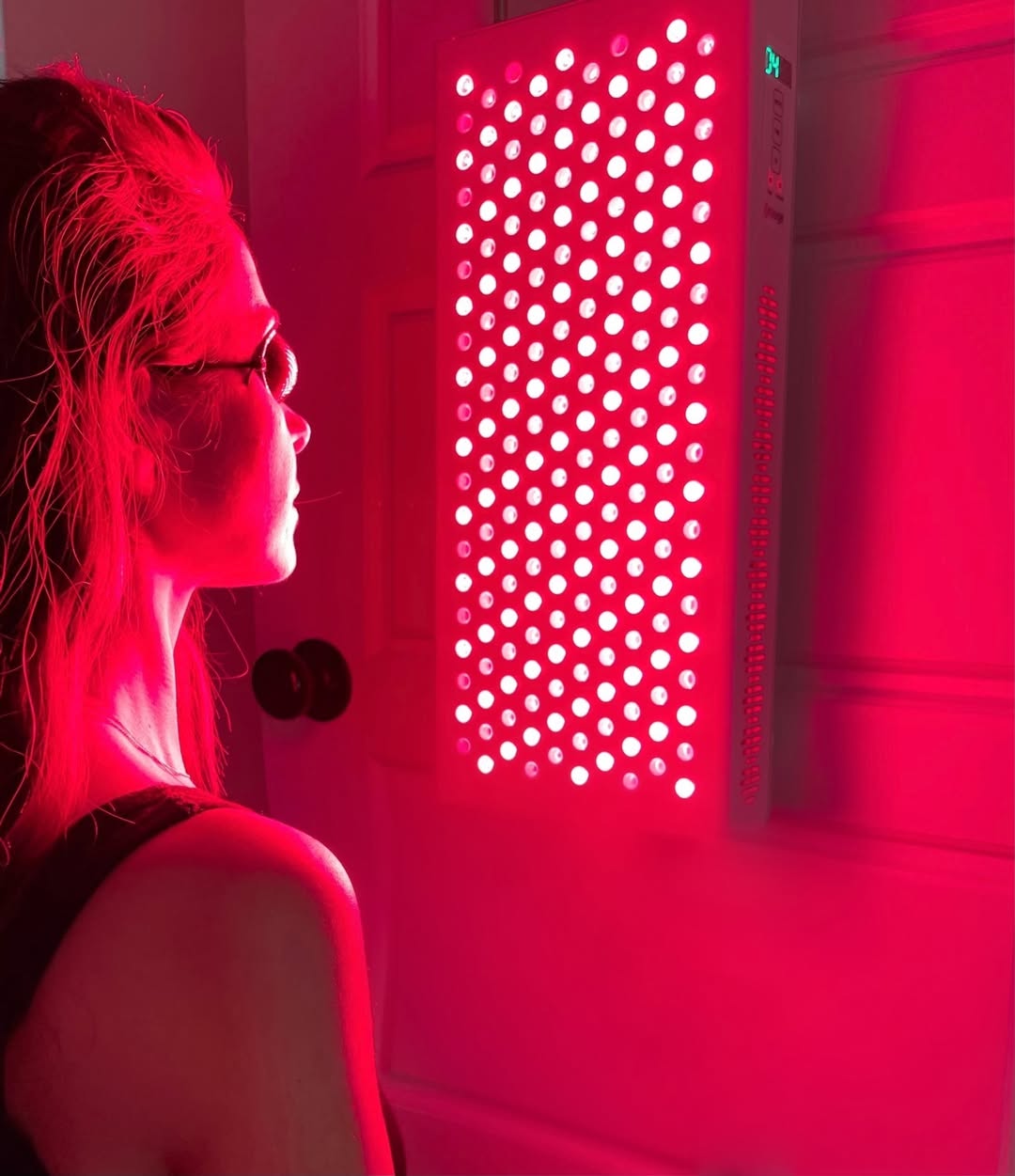
An upper respiratory infection (URI), like the common cold, sinusitis, or the flu, can leave you feeling miserable. The search for effective relief is constant. While rest and hydration are paramount, a novel, non-invasive approach is gaining scientific traction: red light therapy (RLT), also known as photobiomodulation (PBM).
This article delves into the evidence behind using red light therapy for URIs, explaining how it works, what the science says, and how it could be integrated into your wellness routine.
What is Red Light Therapy?
Red light therapy is a therapeutic technique that uses low-wavelength red and near-infrared (NIR) light to stimulate cellular function. Unlike ultraviolet light, which can damage the skin, RLT is safe and non-invasive.
The light is delivered through lamps, panels, or wearable devices, and it penetrates the skin to interact with the mitochondria—the powerhouses of our cells.
The Core Mechanism: How Does RLT Work?
The primary scientific premise is the photobiomodulation effect. When red and NIR light are absorbed by the mitochondria, it enhances the production of adenosine triphosphate (ATP), the fundamental energy currency of the cell.
Dr. Michael Hamblin, a leading photomedicine researcher and former associate professor at Harvard Medical School, explains: “The key absorber of red and near-infrared light is thought to be cytochrome c oxidase in the mitochondrial respiratory chain. This photon absorption leads to increased ATP production, a brief burst of reactive oxygen species, and an induction of transcription factors.”
In simpler terms, RLT gives your cells more energy to function optimally, repair themselves, and reduce inflammation.
The Scientific Link: How RLT Targets URI Symptoms
Upper respiratory infections are characterized by inflammation, swelling, and mucus production in the sinuses, throat, and airways. Here’s how red light therapy may directly counter these issues.
1. Reducing Inflammation
Inflammation is a primary driver of URI symptoms like sinus pressure and a sore throat. RLT has been consistently shown to significantly reduce markers of inflammation, such as cytokines and prostaglandins.
Dr. James Carroll, CEO of a leading RLT research company, states: “Photobiomodulation has a profound anti-inflammatory effect. It shifts the immune response from a pro-inflammatory to an anti-inflammatory state, which is crucial for calming the symptoms of infections and promoting healing.”
2. Enhancing Immune Cell Activity
Your immune cells, such as lymphocytes and macrophages, are on the front lines against pathogens. Research suggests that RLT can boost the motility (movement) and activity of these cells, potentially helping your body fight off the infection more efficiently.
3. Improving Circulation and Lymphatic Drainage
By promoting vasodilation (the widening of blood vessels), RLT can improve blood flow to the treated areas. This enhanced circulation brings more oxygen and immune cells to the site of infection and helps remove waste products, reducing swelling and congestion.
4. Alleviating Sinusitis Pain and Pressure
Specific studies on sinusitis have shown promising results. Applying red or near-infrared light over the sinus areas can help reduce mucosal inflammation and pain, providing symptomatic relief.
Practical Application: How to Use RLT for a URI
If you are considering using red light therapy for cold or flu symptoms, here is a general guide.
Target Areas:
- Sinus Congestion: Apply the light directly over the cheekbones (maxillary sinuses) and forehead (frontal sinuses).
- Sore Throat: Apply the light to the front of the neck.
- Chest Congestion: For a deeper cough, applying light to the chest may help, though evidence is more limited.
A Note on Safety: RLT is generally considered very safe. Always follow the manufacturer’s instructions regarding treatment time and distance from the device. Do not look directly into high-power LEDs.
VELLGUS Elite V2
THE #1 RATED RED LIGHT DEVICE
VELLGUS pro V2
THE #1 RATED FULL BODY RED LIGHT DEVICE
Evidence at a Glance: RLT for Respiratory Health
The table below summarizes key research areas and their findings.
| Condition / Focus | Key Findings from Research | Study Type |
|---|---|---|
| General Inflammation | RLT significantly reduces pro-inflammatory markers (TNF-α, IL-1β, COX-2) across numerous studies. | Pre-clinical & Clinical Reviews |
| Sinusitis (Rhinosinusitis) | Patients treated with intranasal and external RLT showed significant improvement in symptoms like nasal congestion, headache, and overall quality of life. | Clinical Trials |
| Immune Function | Exposure to red and NIR light can enhance proliferation, motility, and function of various immune cells in vitro. | Laboratory Studies |
| Lung Inflammation | In animal models, RLT has shown a protective effect against acute lung injury and inflammation. | Pre-clinical Studies |
A Doctor’s Final Word: Adjunct, Not Replacement
It is crucial to view red light therapy as a supportive tool, not a magic cure.
Dr. Sarah Wilson, MD, an Integrative Medicine Physician, cautions: “Red light therapy presents a fascinating, drug-free avenue for modulating the immune system and reducing the inflammatory burden of an upper respiratory infection. However, it should be used as an adjunct to, not a replacement for, foundational health practices. There is no substitute for adequate rest, hydration, proper nutrition, and, when necessary, consulting with your primary care physician.”
Conclusion: A Promising Supportive Therapy
While more large-scale human trials are needed, the existing body of evidence suggests that red light therapy can be a valuable complementary approach for managing upper respiratory infections. By targeting the root causes of symptoms—inflammation and impaired immune response—RLT offers a non-invasive, safe, and science-backed method to potentially shorten the duration of your illness and make you more comfortable while your body heals.



